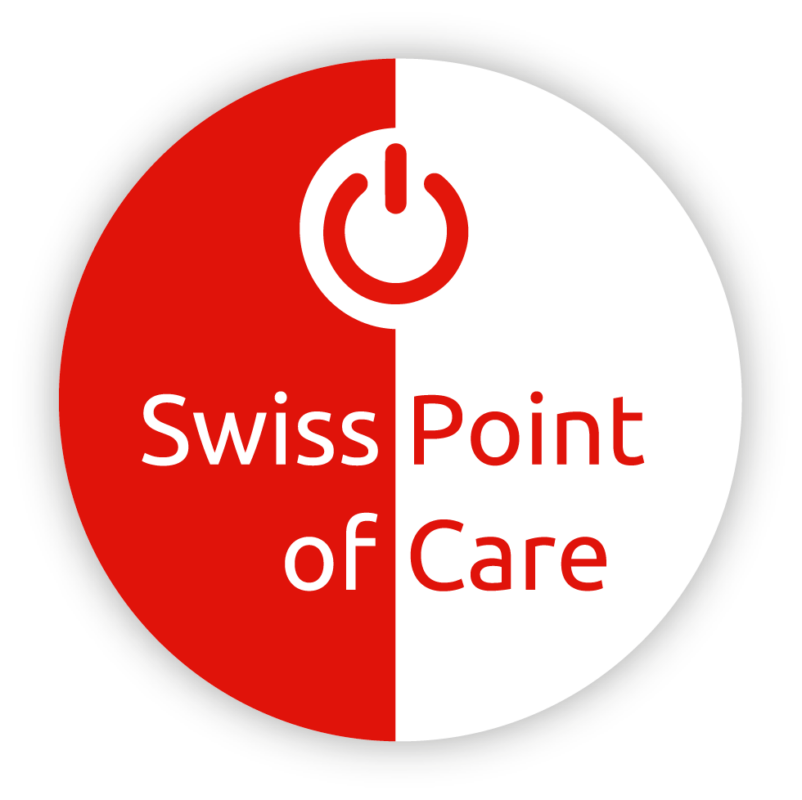Hemoglobin
Hb or Hemoglobin is known as a protein molecule that occurs in both animals and humans in the blood. This protein molecule is in red blood body cells and has a red color. Hemoglobin gets its color thanks to the iron that is in hemoglobin. Almost a third of the red cells are filled with hemoglobin. In every red blood body cell there are around 275 million hemoglobin molecules. Of these, a maximum of 4 oxygen molecules or 4 carbon dioxide molecules can bind. This stands in comparison to 34% of red blood body cells.
Hemoglobin makes it possible to transport oxygen and carbon dioxide. The compound of oxygen and hemoglobin is light red. Hemoglobin is the protein molecule in red blood cells that carries oxygen from the lungs to the tissue of the body and brings the carbon dioxide from the tissues back to the lungs.
Tracking it
Why is it so important to keep the Hemoglobin up to date? To begin with, a low hemoglobin level (Hb) can lead to fatigue, breathing briefly with effort and weakness. This has as a result: Anemia. There is talk of anemia, when there are too few red blood cells in the blood or when the red blood cells do not work. Hemoglobin is found in these red blood body cells. This substance is important for connecting oxygen to other parts in the body. In the case of anemia, there is no or little connection of oxygen. This can lead to dizziness, headaches, palpitations, earpads, restless legs, fatigue, sweating and weakness.
A hemoglobin level that is too low can therefore lead to anemia, but a too high hemoglobin (Hb) value can also cause various symptoms. If you have a too high hemoglobin, you have too many red blood cells. Although your oxygen function will work fine, your blood is thicker and more viscous. As a result, your veins may become blocked. This increases the chance of a heart attack. The many complaints of a too high hemoglobin value are headaches, hyperventilation, itching and a red face. This can lead to problems with the pancreas, erection problems, cancer, liver problems, lung disease, pain, chronic fatigue, reduced libido and even Polycythemia.
Treatment
Anemia or a low Hb is the cause of a shortage. To fill these shortages, you will have to check where the shortages lie and refill them if necessary. The treatment of low hemoglobin levels, so that the red blood body cells in your blood can connect oxygen again, starts with your diet. Nutrition is very important. It is important that you get the right minerals, therefore an appropriate diet plan with nutritional supplements and medication is recommended. Often a low Hb content is achieved by:
- A shortage of iron (this is the most common cause)
- A shortage of vitamin B12
- A deficiency of folic acid
- A chronic disease, infection or inflammation
- A hereditary deviation
In women, blood loss during menstruation can be reduced by, for example, a contraceptive pill. In case of illness, the disease will have to be treated. If the disease is not possible to treat, then the main goal is to relieve the pain and prevent other consequences. In case of very severe anemia or severe acute blood loss, extra red blood cells are sometimes administered by means of blood transfusion.


 Nederlands
Nederlands Deutsch
Deutsch Français
Français Italiano
Italiano Español
Español